Garden Crescent brings biophilic design to a dense Hong Kong neighbourhood
Garden Crescent by Ronald Lu & Partners brings a haven of green in its high-density Hong Kong neighbourhood
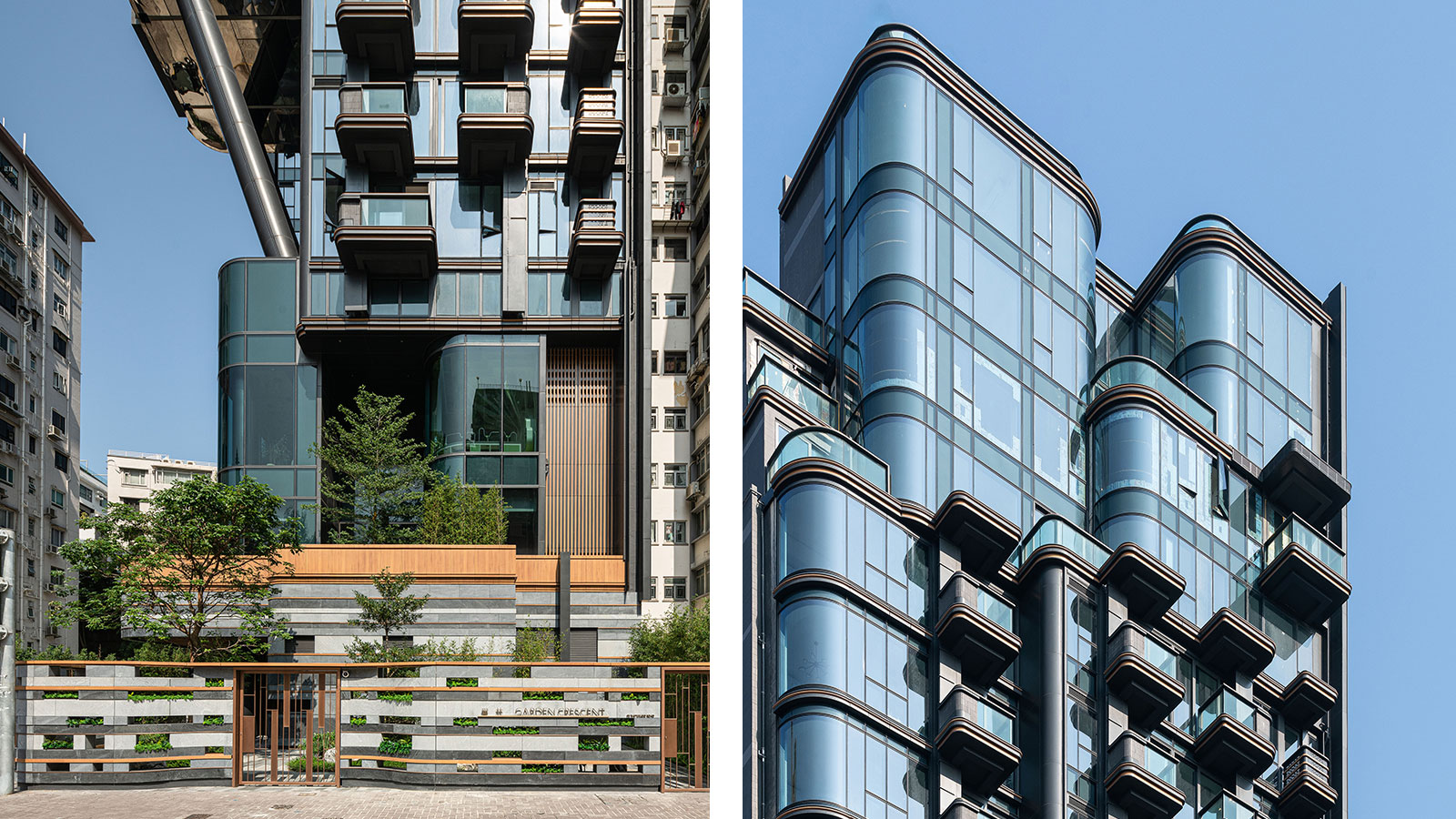
Garden Crescent, a new tower with a green twist, has been rising in Hong Kong's Waterloo Road in Ho Man Tin. Its architects, locally based studio Ronald Lu & Partners, have been developing biophilic designs for years and this latest completion exemplifies their philosophy and aim to 'bring nature on every doorstep'.
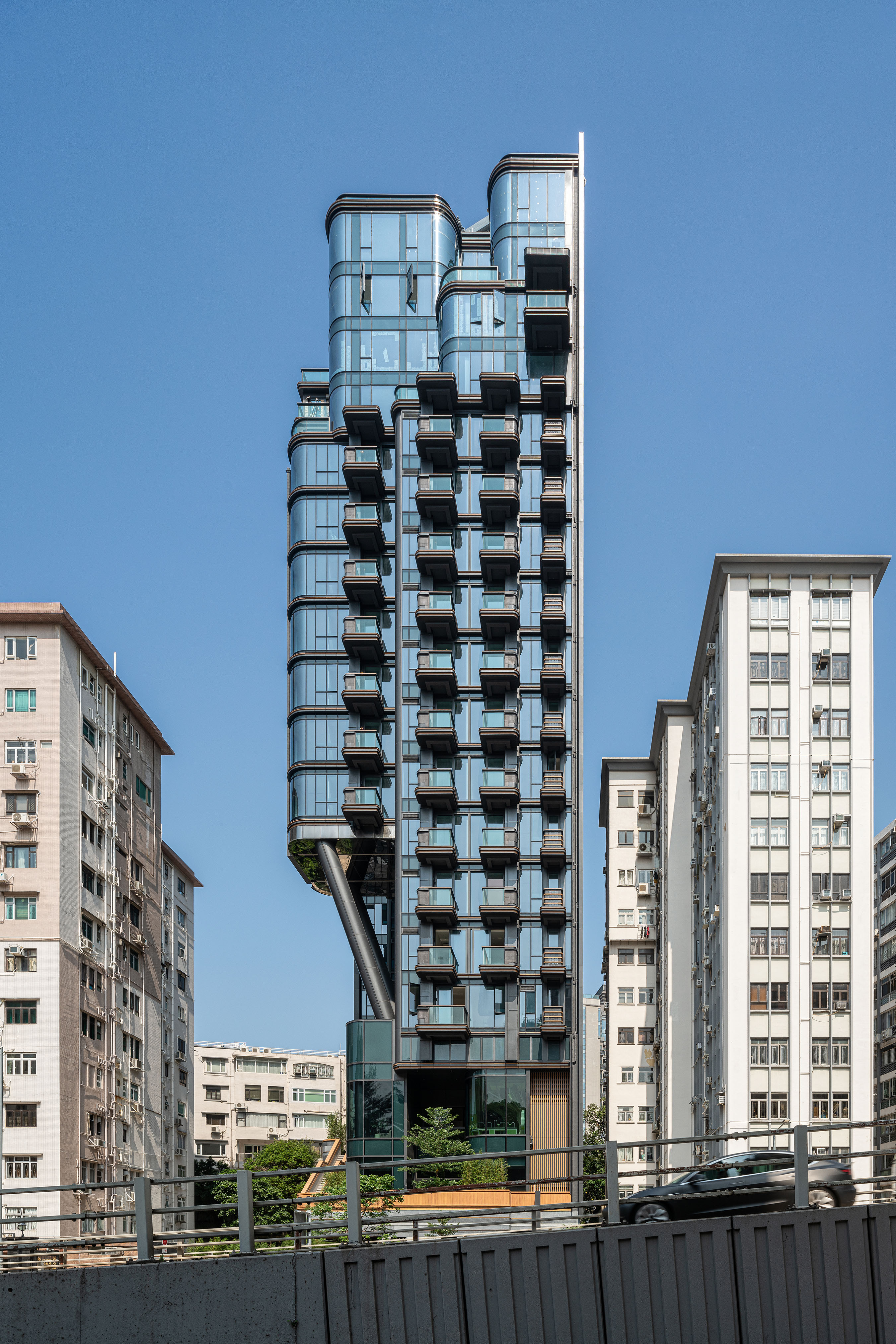
Garden Crescent: an urban green haven
'The design of this building draws inspiration from nature, utilising curved architectural lines that imitate natural patterns. This biophilic approach enhances the flow of circulation and living experience of the residents, ultimately raising their overall quality of life,' explained Bryant Lu, vice chairman of Ronald Lu & Partners.

'The building’s form is generated by creating a forest building within the dense urban fabric, where multi-layers of courtyards are thoughtfully planned to establish a micro-climate that harmonises with the surrounding neighbourhood. The courtyards also serve as gardens where residents can witness the gradual growth of trees over time. This will not only shield the building from the noise of busy traffic but will also encourage residents to embrace an active outdoor lifestyle.'
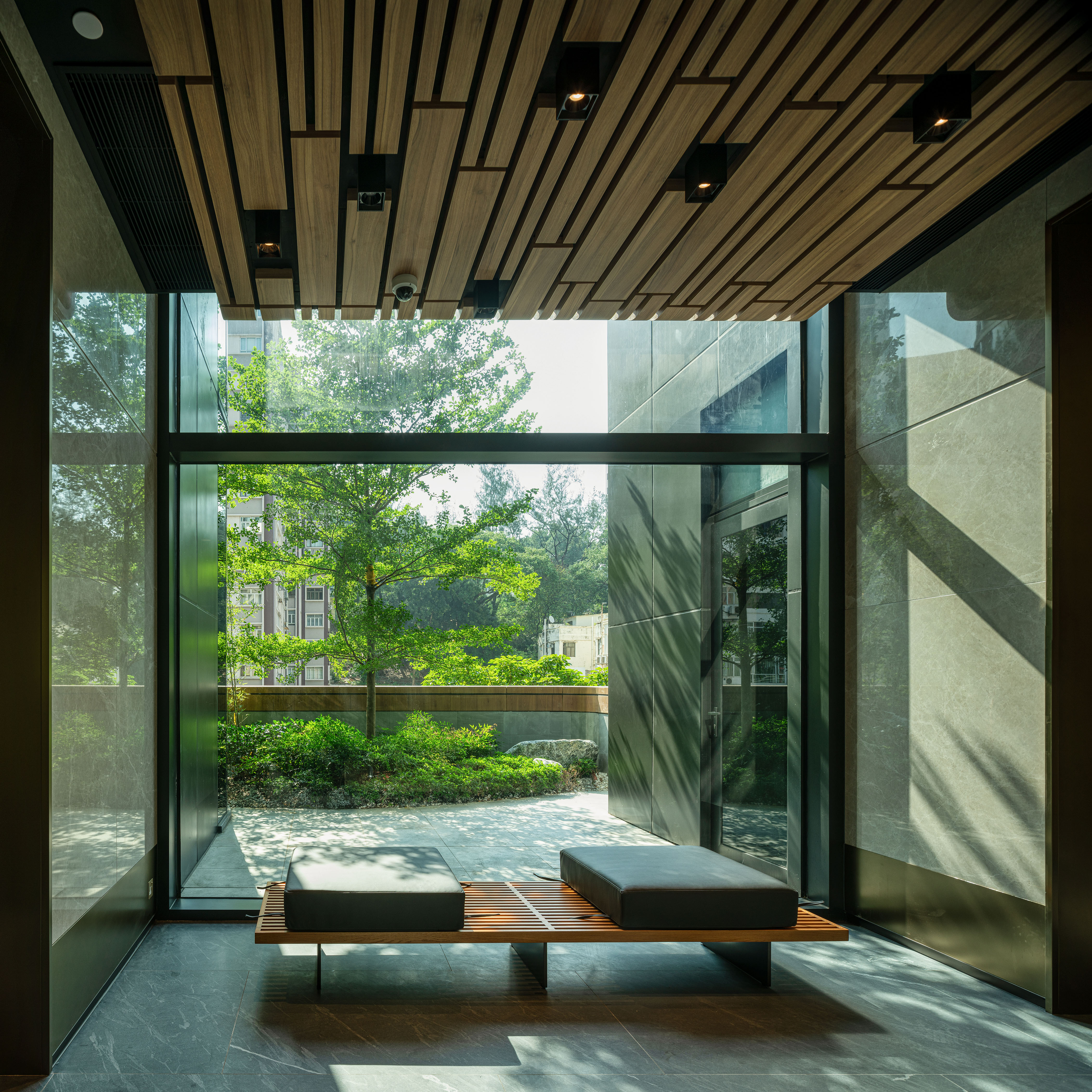
Focusing on creating a design that doesn't feel flat and linear, but rather, 'three-dimensional', the studio crafted a structure where a verdant landscape of trees found on the ground-floor plinth is carried upwards through open-air balconies ready to be planted by residents.
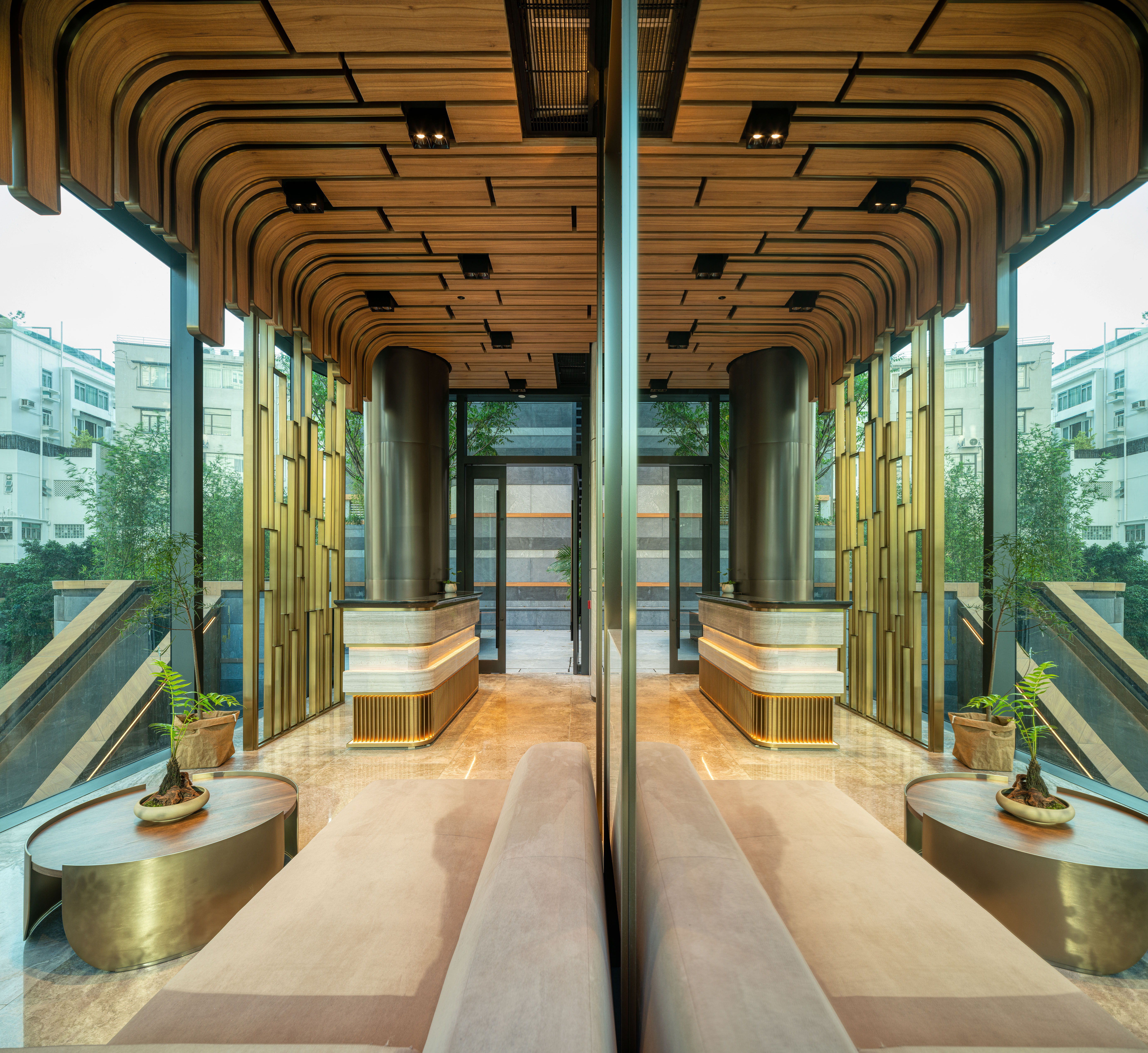
This seemingly simple move offers an important, constant connection with nature that can transform lives – especially when living in a metropolis such as Hong Kong, Lu said: '[The best way to make an urban high rise more friendly is] to design the building with a human-centric approach; enhancing the senses and designing from the perspective of users can greatly contribute to a more inviting and liveable environment.
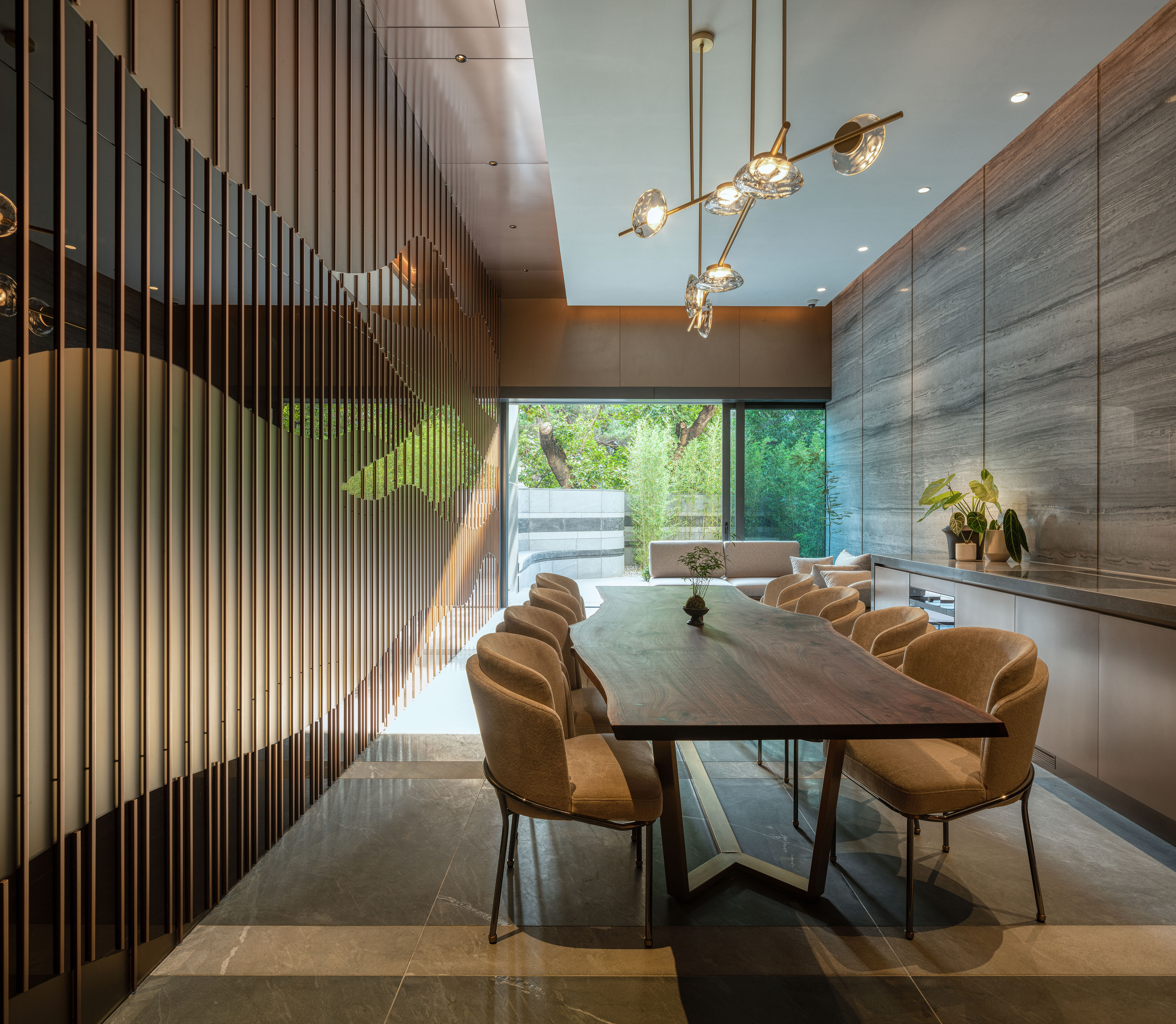
'The multi-level courtyards integrate greenery throughout the building and provide a connection to nature, improve air quality, and offer visually appealing spaces for relaxation. The outdoor staircase at the clubhouse encourages walkability and creates opportunity for social interaction amongst the residents.'
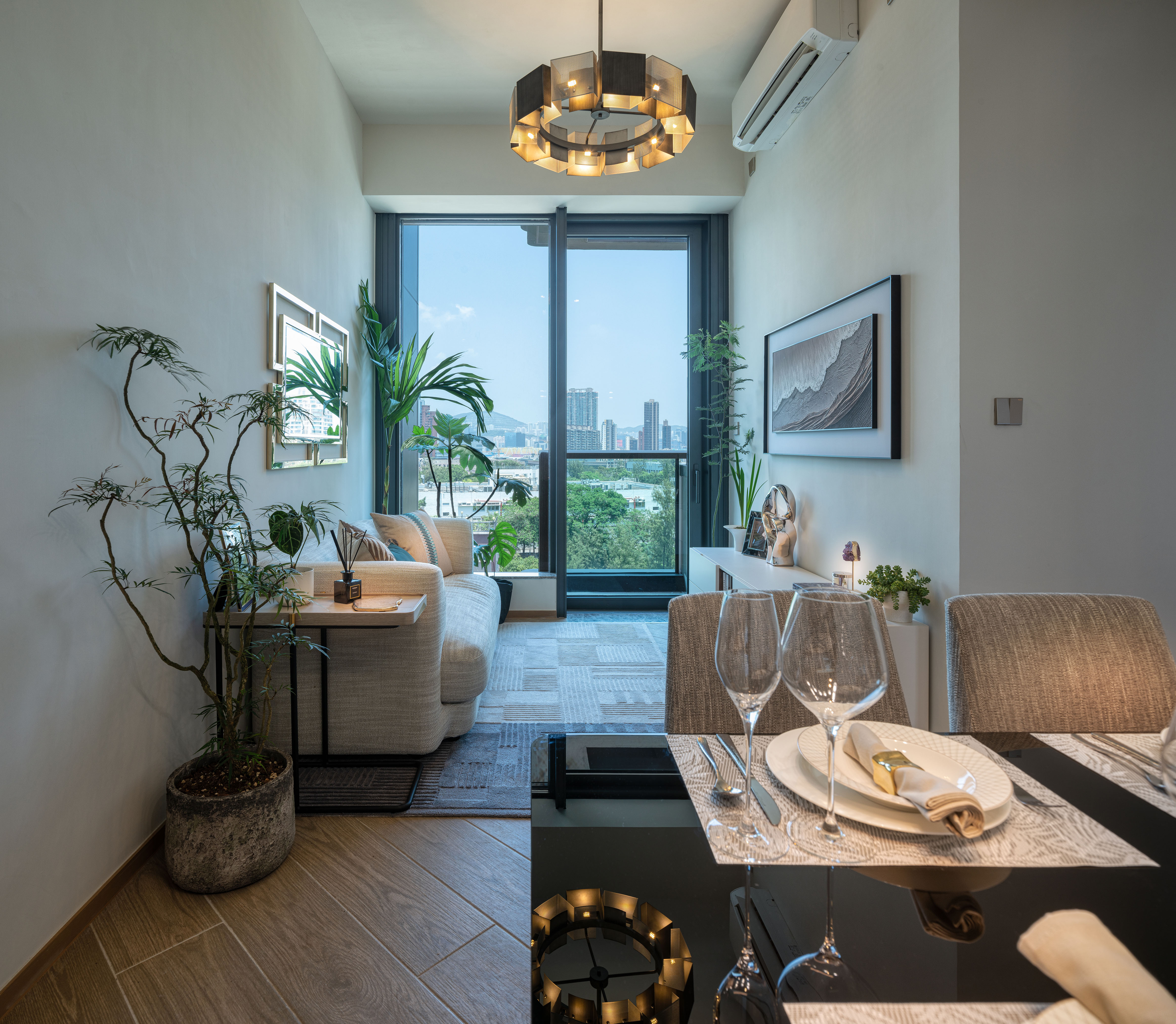
Materials such as natural stone, wood, plants and vegetation, and the use of reflective surfaces – such as metal and mirrored glass on ceilings, and glass finishes elsewhere – help create an environment that feels natural, light and spacious.
Receive our daily digest of inspiration, escapism and design stories from around the world direct to your inbox.
Ellie Stathaki is the Architecture & Environment Director at Wallpaper*. She trained as an architect at the Aristotle University of Thessaloniki in Greece and studied architectural history at the Bartlett in London. Now an established journalist, she has been a member of the Wallpaper* team since 2006, visiting buildings across the globe and interviewing leading architects such as Tadao Ando and Rem Koolhaas. Ellie has also taken part in judging panels, moderated events, curated shows and contributed in books, such as The Contemporary House (Thames & Hudson, 2018), Glenn Sestig Architecture Diary (2020) and House London (2022).
-
 How to elevate a rental with minimal interventions? Charu Gandhi has nailed it with her London home
How to elevate a rental with minimal interventions? Charu Gandhi has nailed it with her London homeFocus on key spaces, work with inherited details, and go big on colour and texture, says Gandhi, an interior designer set on beautifying her tired rental
-
 These fashion books, all released in 2025, are the perfect gift for style fans
These fashion books, all released in 2025, are the perfect gift for style fansChosen by the Wallpaper* style editors to inspire, intrigue and delight, these visually enticing tomes for your fashion library span from lush surveys on Loewe and Louis Vuitton to the rebellious style of Rick Owens and Jean Paul Gaultier
-
 Out of office: The Wallpaper* editors’ picks of the week
Out of office: The Wallpaper* editors’ picks of the weekFar from slowing down for the festive season, the Wallpaper* team is in full swing, hopping from events to openings this week. Sometimes work can feel like play – and we also had time for some festive cocktails and cinematic releases
-
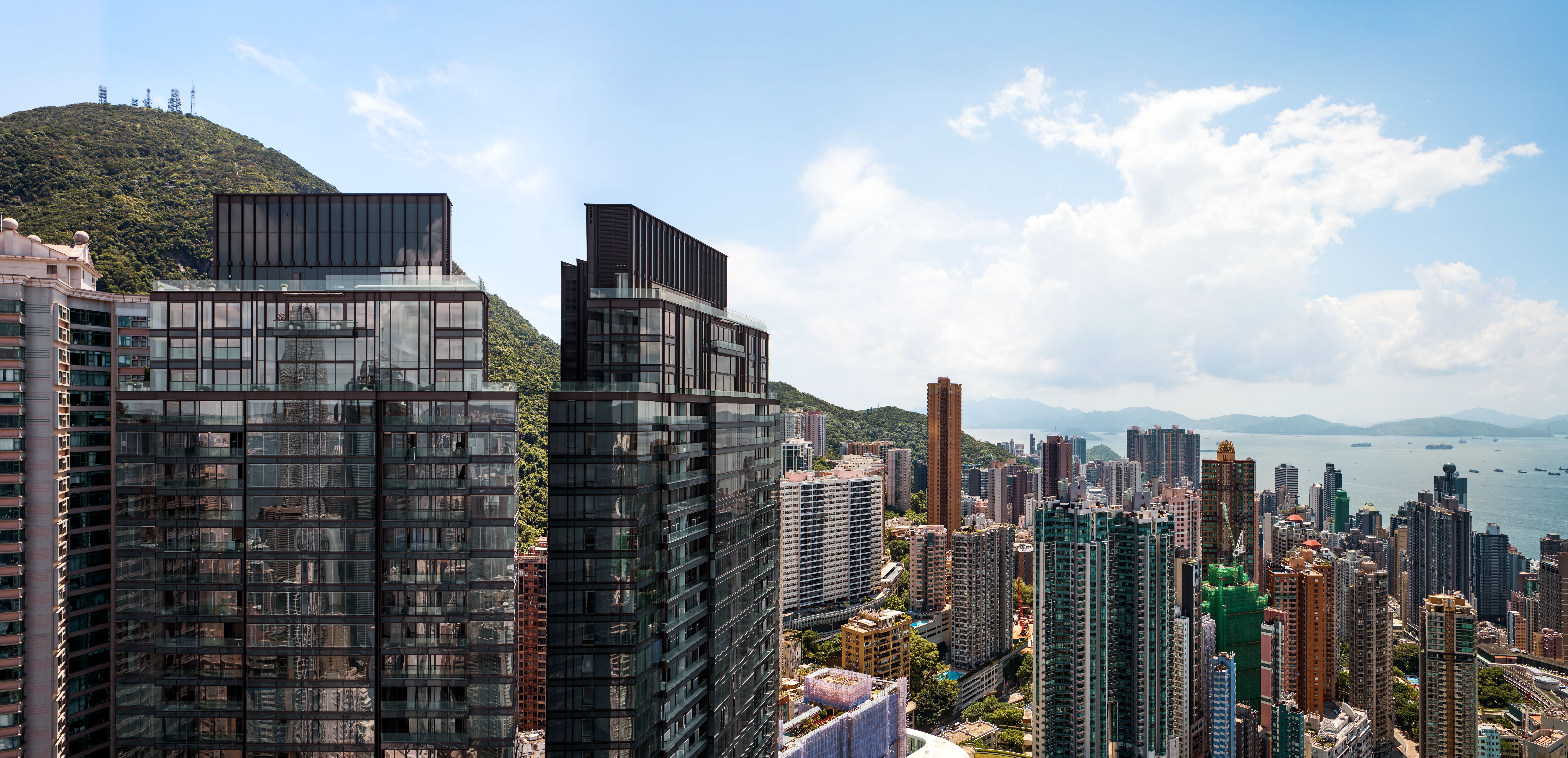 Discover The Legacy, Hong Kong’s eye-catching new condo
Discover The Legacy, Hong Kong’s eye-catching new condoThe Legacy, by ACPV Architects Antonio Citterio Patricia Viel, is a striking new condo tower that aims to ‘create a sense of community and solidarity among people’
-
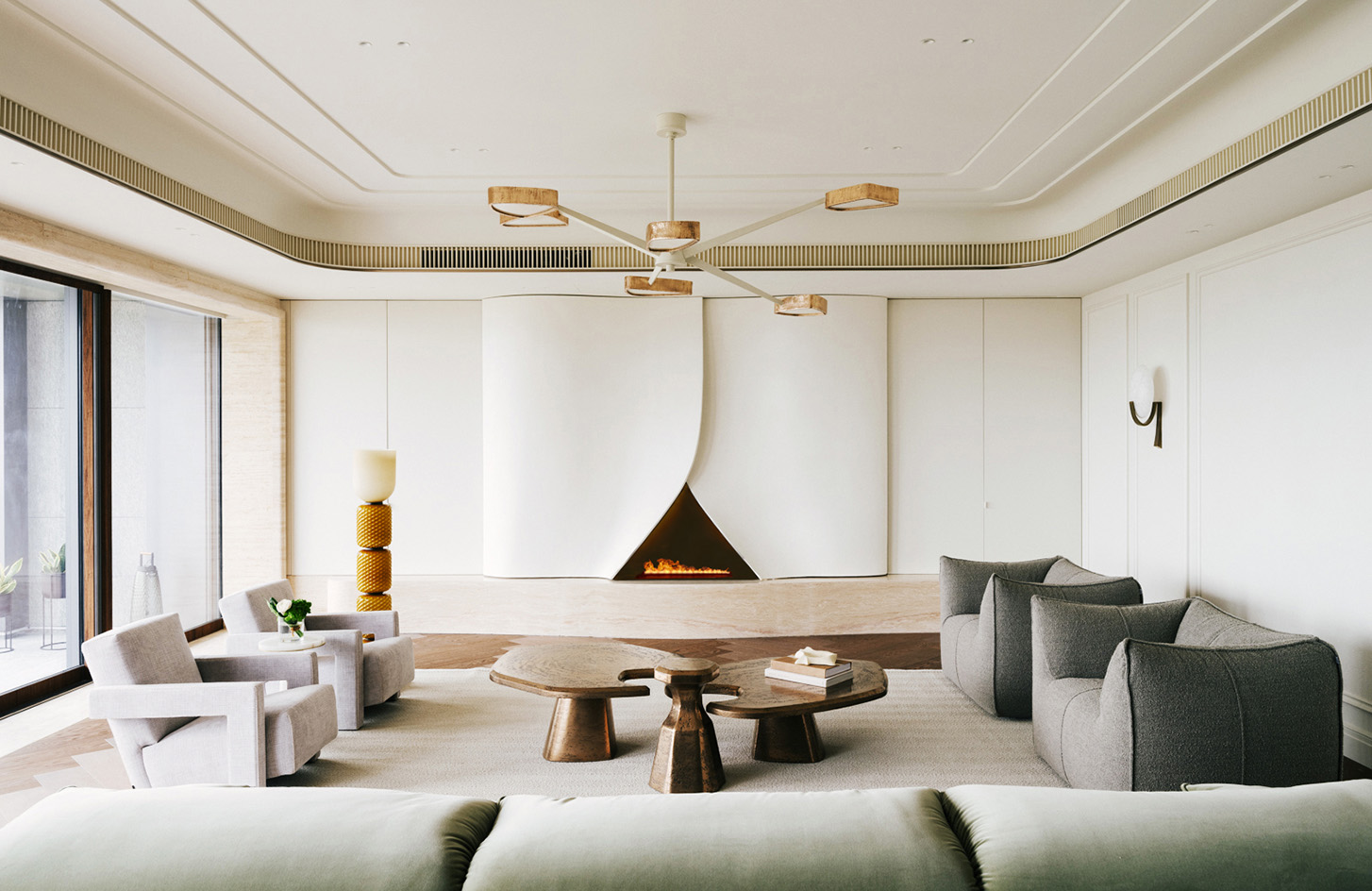 Tour Mountain Residence’s refined ‘interior landscape’ in Hong Kong
Tour Mountain Residence’s refined ‘interior landscape’ in Hong KongMountain Residence is a serene, multigenerational family home, nestled on Kowloon’s Mount Beacon in Hong Kong and designed by Nelson Chow
-
 Hong Kong brutalism explored: tour the island with this new architectural map
Hong Kong brutalism explored: tour the island with this new architectural mapHong Kong brutalism is brought into sharp focus through the launch of Brutalist Hong Kong Map, the latest of its kind in publisher Blue Crow Media’s 20th-century architecture series
-
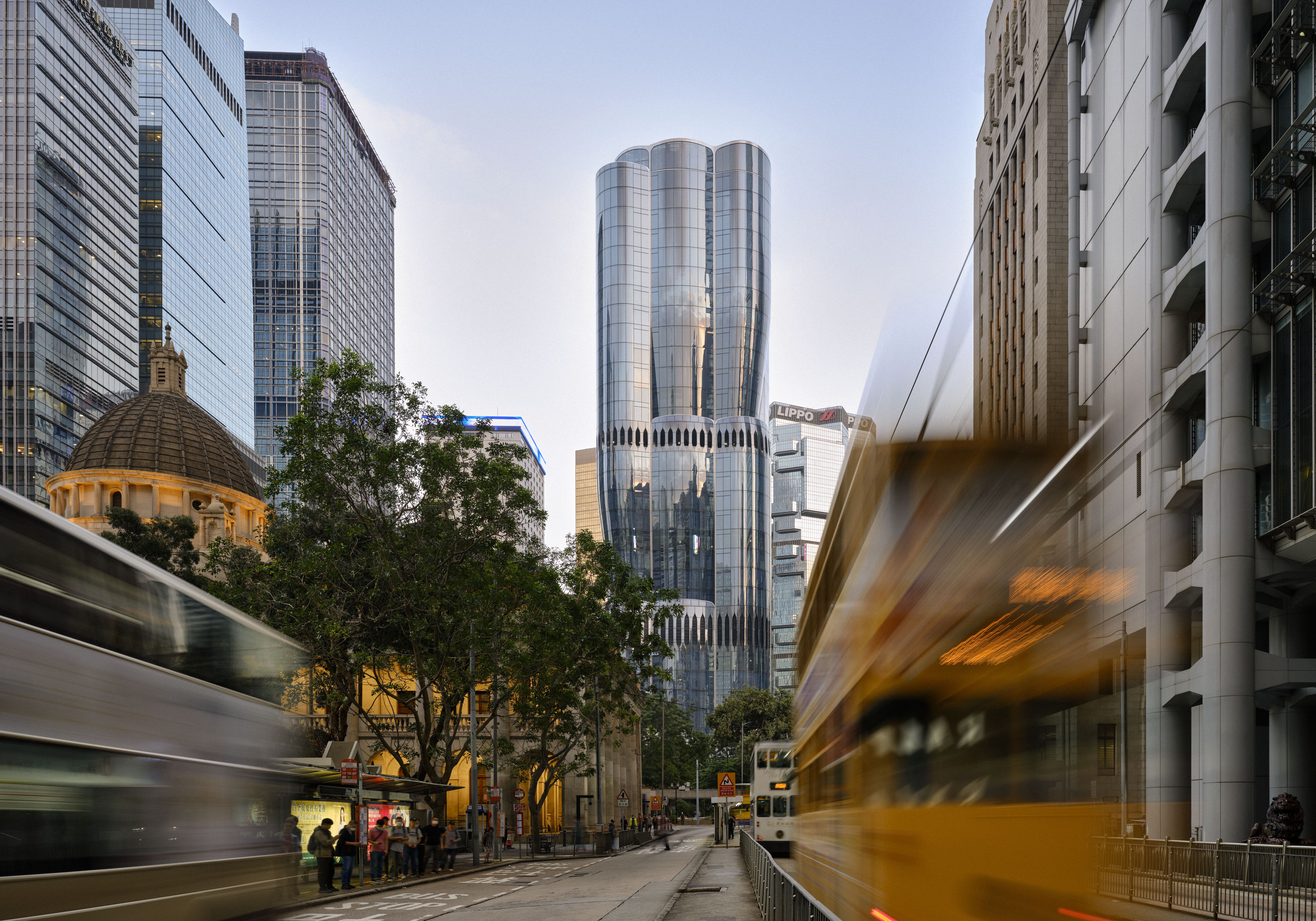 The Henderson by ZHA in Hong Kong makes everyone sit up and pay attention
The Henderson by ZHA in Hong Kong makes everyone sit up and pay attentionThe Henderson, ZHA's new high-rise in Hong Kong, stands out in its coveted address through its unusual, fluted façade of glass columns
-
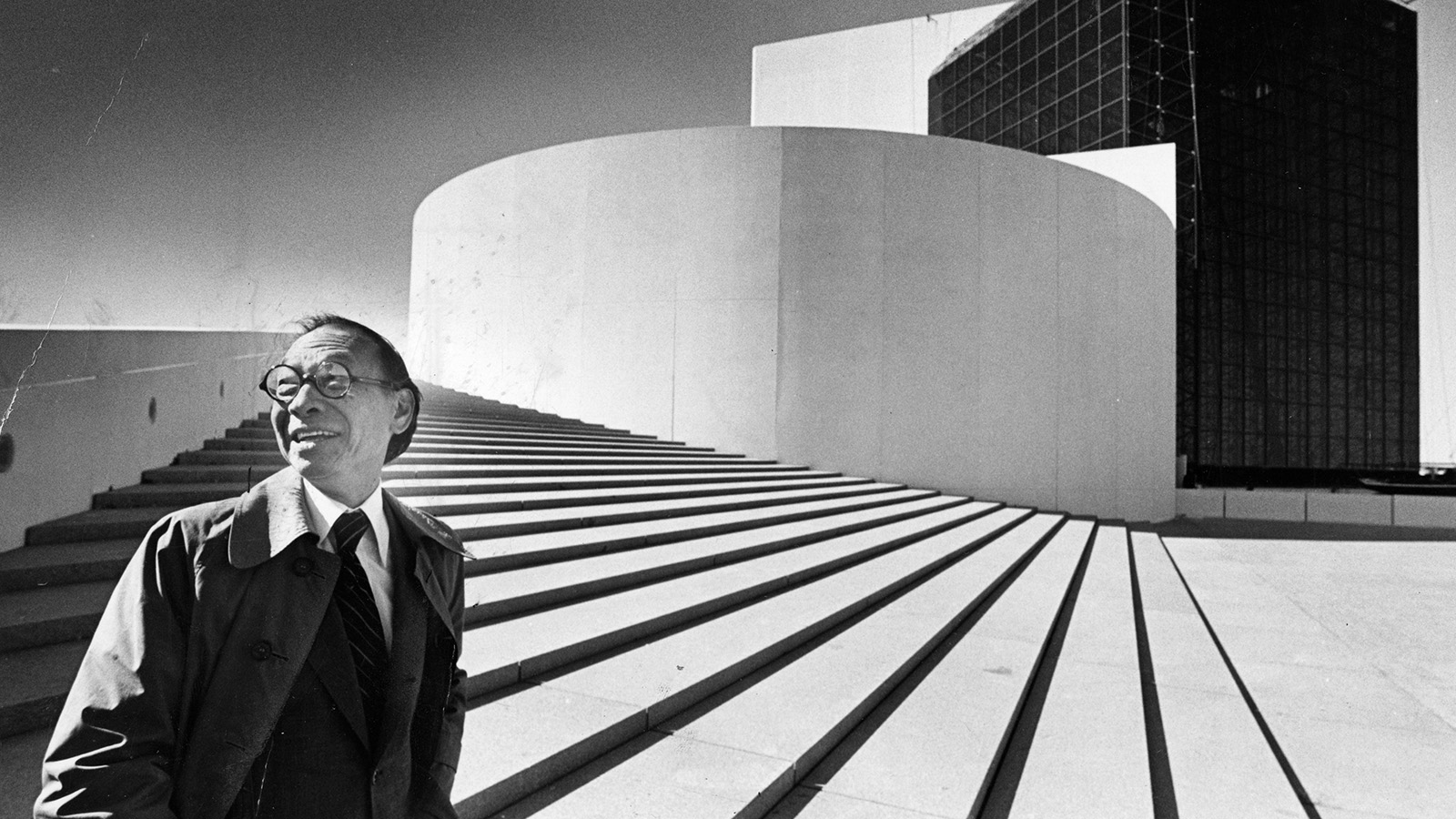 'Famous but understudied': IM Pei exhibition at M+ in Hong Kong is a deep dive into the architect's legacy
'Famous but understudied': IM Pei exhibition at M+ in Hong Kong is a deep dive into the architect's legacy'IM Pei: Life is Architecture' is an exhibition celebrating the global icon; and it's just opened at M+ in Hong Kong
-
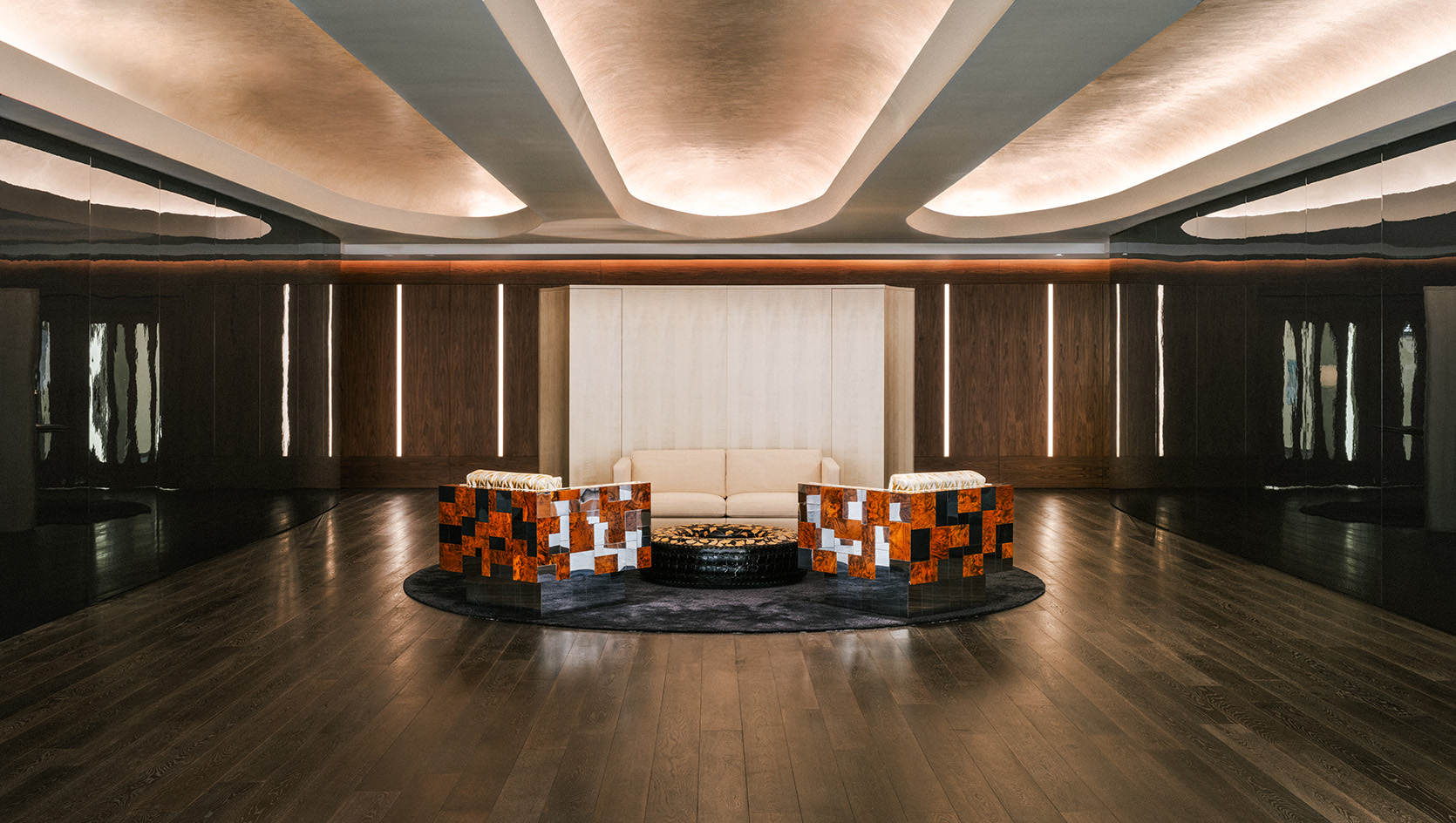 A Hong Kong HQ by Brewin Design Office draws on its modernist building’s nature
A Hong Kong HQ by Brewin Design Office draws on its modernist building’s natureA modernist-inspired office interior in Hong Kong by Brewin Design Office draws on its building’s 1980s Harry Siedler architecture
-
 La Maison Blanche is a Hong Kong apartment elevated through bespoke luxury interiors
La Maison Blanche is a Hong Kong apartment elevated through bespoke luxury interiorsLa Maison Blanche by Cream is a Hong Kong apartment with an emphasis on period-inspired, layered decor and long city views
-
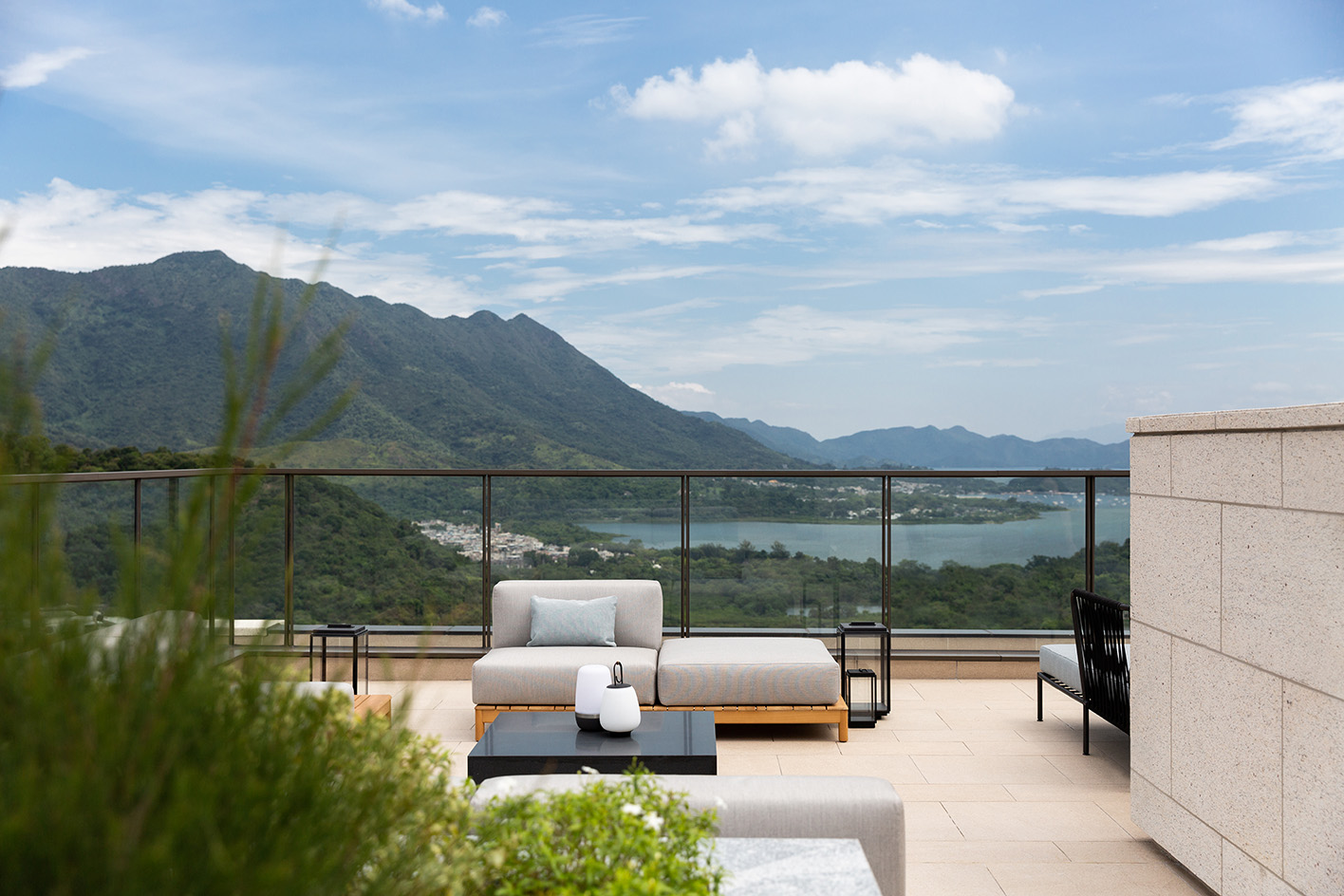 2 Lucca Avenue: contemporary luxury meets views of Hong Kong nature
2 Lucca Avenue: contemporary luxury meets views of Hong Kong natureDesigned by Conran and Partners, 2 Lucca Avenue at Villa Lucca in Hong Kong, is a modern home wrapped in contemporary luxury